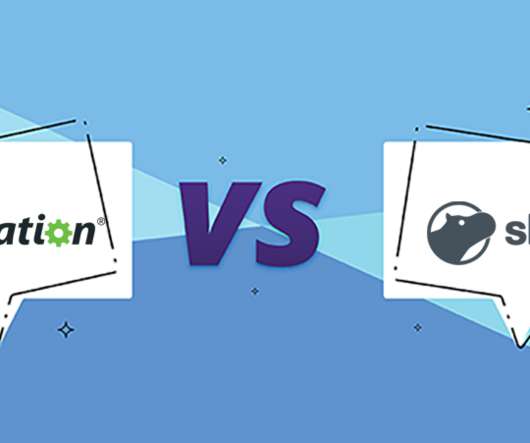W3bstore Review: Ecommerce Platform For Omnichannel Stores
Ecommerce Platforms
OCTOBER 5, 2018
This W3bstore review assesses not only its omnichannel capabilities but also other it’s ecommerce features that would be critical to online stores. All three are required for omnichannel retail where orders, inventory and fulfillment must be managed across multiple channels and locations. And you know what?












Let's personalize your content